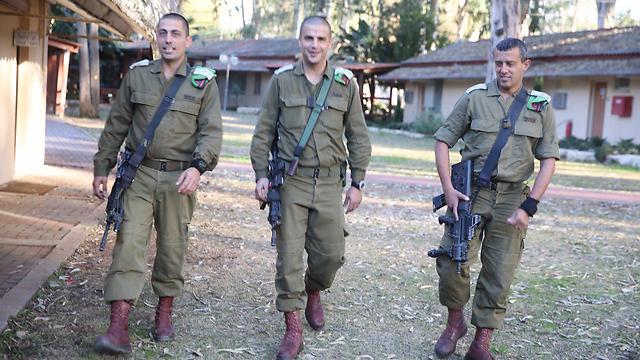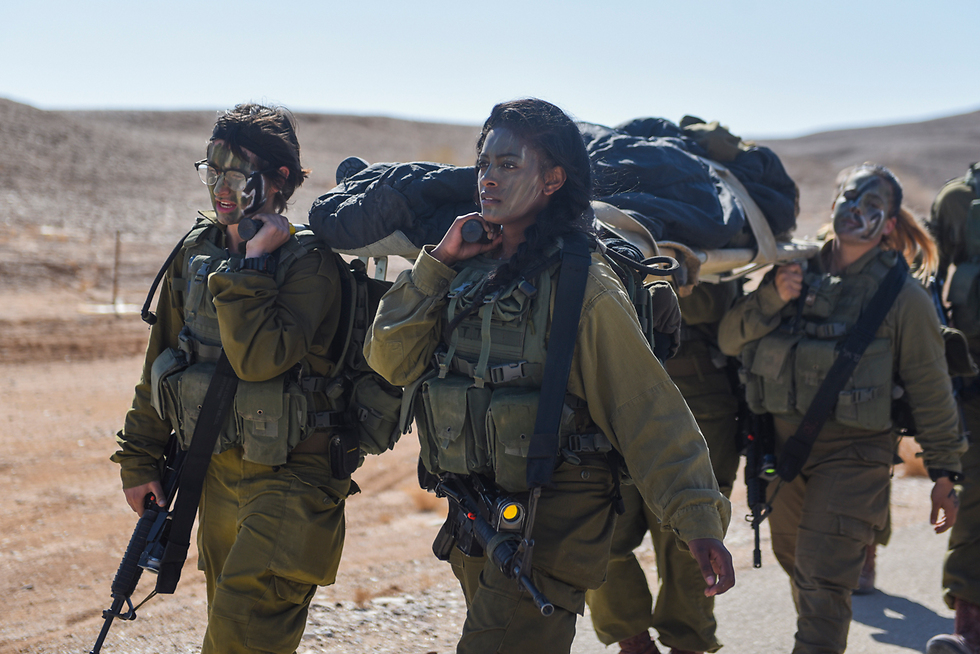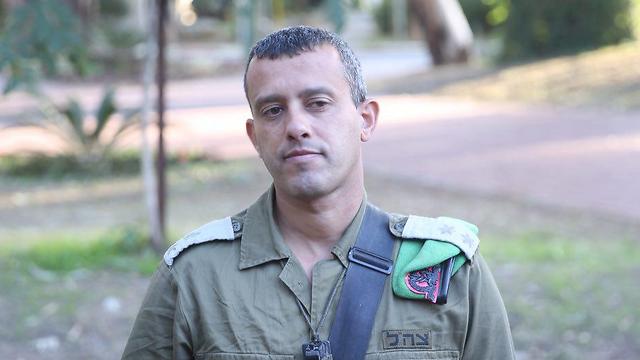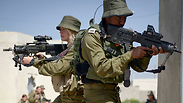
Women can definitely serve in a tank, say mixed-gender battalion commanders
Lt. Cols. Ido Asaraf, Elad Cohen and Yossi Penso, who oversee three mixed-gender infantry battalions, have no doubt that women are capable of serving in any combat role in the Ground Forces. In a rare conversation organized by Ynet, they discuss the difficulties experienced by female fighters and note their advantages—composure, assertiveness and a different way of thinking.
The IDF is still looking into the possibility of women serving in tanks as part of routine security measures on the borders. A similar attempt in the past failed, as first reported by Ynet. A series of experiments conducted by the Ground Forces, together with the Medical Corps, found that female soldiers are unable to serve as fighters in the Armored Corps.
In a rare meeting organized by Ynet between the three mixed-gender infantry battalion commanders in the IDF—Lt. Col. Ido Asaraf, commander of the Bardelas Battalion, which is in charge of the Arava region; Lt. Col. Elad Cohen, commander of the Caracal Battalion (on the Egyptian border); and Lt Col. Yossi Penso, commander of the Jordan Lions Battalion (in the Jordan Valley)—there is complete agreement over a woman fighter’s ability to serve in any combat role in the Ground Forces, whether deep within enemy territory, in a ground exercise in the next war in Gaza or in Lebanon, and yes, even in a tank.
According to the three commanders, this is made possible through proper screening, relevant adjustments of the medical profiles, and fighting equipment which is suitable for women’s bodies and may solve most of the obstacles on the way to full equality in the battlefield.
“As the head of a commando unit in the Second Lebanon War, I saw exhausted fighters who were not used to the new assault pack they received. Until then, they would carry assault packs which they improved with iron straps,” says Lt. Col. Penso. “If an armored vehicle is attached to a mixed force of male and female fighters, it’s possible. I had an Iron Man competition with 45-year-old women who humiliated me, and I saw their back most of the time. It’s more a case of screening and profiles. The IDF has improved dramatically in terms of the fighter’s personal equipment. In the past, a combat vest would cause stress fractures. Today, the adjustment is by size.”
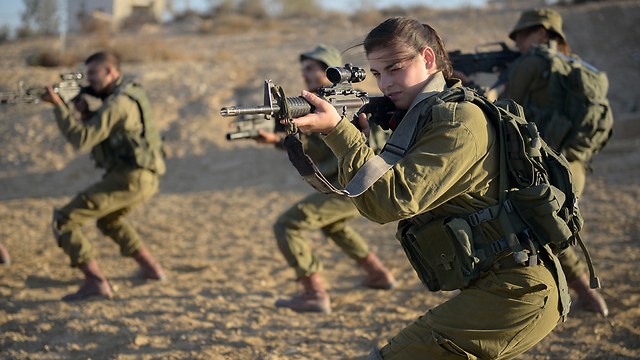
"It’s a matter of time before people realize that it’s not a problem for us to maneuver,” says Caracal Battalion Commander Lt. Col. Cohen. “In my first regimental exercise, I practiced a long walk with weights, and we accomplished all the tasks and met all the deadlines. Our battalion is no different from others. We are not a trend. We have abilities.”
Bardelas Battalion Commander Lt. Col. Asaraf adds, “Every glass ceiling can be broken if the right adjustments are made in a proper and organized process. I am sure I will accomplish every mission, and not because of me, but because of all the men and women fighters in the battalion who give me confidence that they can be trusted.”
A woman fighter rolling with a light machine gun
Very quietly, on the backdrop of the shortage of thousands of fighters after the service was cut short, the number of female fighters in the IDF has more than quadrupled in recent years. By the end of the year, the IDF is expected to have some 2,500 women fighters in different units. A first female deputy infantry battalion commander, Major Dana Ben Ezra, was appointed recently in the 47th Battalion, the fourth mixed-gender battalion which is currently in the initial stages of its establishment and will protect the border in the southern Jordan Valley.
The evolution of women fighters in the IDF will make history once again this summer, upon the establishment of a joint basic training base for Caracal, the Jordan Lions, Bardelas and the 47th Battalion (which will soon receive its own name). Until now, the soldiers have been trained in the Golani, Nahal and Givati bases.
The four battalions are united under the new border defense disposition, which won’t cover all the border areas in the country but will station regular and high-quality battalions on Israel’s western and eastern borders, where they will deal with the Islamic State on the Egyptian border, smuggling attempts from Jordan and Palestinian terror in the Samaria and Binyamin hillsides. Soon, the soldiers will replace their green berets with a new speckled yellow-brown beret.
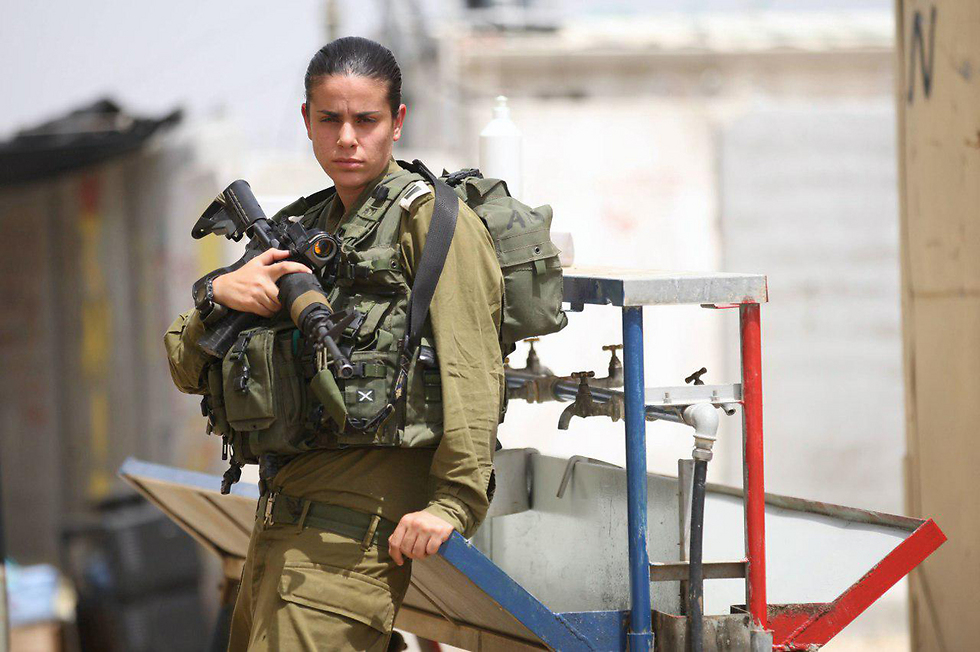
The three battalion commanders feel they are making history too. “I remember that on my first week as the Caracal Battalion commander, we held an exercise in an open area,” says Lt. Col. Cohen, a 37-year-old Jerusalem resident who has six children. “I turned around, and suddenly I saw a woman fighter rolling like crazy with a Negev light machine gun. She was small and slim, and she had a big smile on her face and so much motivation in her eyes. Then I saw another woman fighter with a rocket launcher, firing a grenade and hitting the target from a 200-meter distance.
“In the female commanders, I detected a different way of thinking and more composure than we have. They and the female fighters tell you what others are afraid to say. They are assertive, whether you like it or not. It’s positive chutzpah and I highly appreciate it, compared to someone who will just keep saying ‘yes’ and nodding at me all day.”
The positive chutzpah the Caracal commander is referring to can be found in all mixed-gender battalions. During the establishment stages of the Jordan Lions about a year and a half ago, former Ground Forces Commander Major-General Guy Tzur arrived for a close inspection of the training in a constructed area. At the end of the exercise, he convened one of the platoons and asked the women fighters who were drafted only several months earlier and could have been his daughters: “How was it?” In similar situations, there is usually an embarrassing silence due to the distance and rank differences between the soldiers and the commanders.
“One of the fighters simply replied: ‘Tell us who you are, and you should introduce yourself because we don’t know who you are.’ I was so embarrassed,” says Lt. Col. Penso, who witnessed the incident.
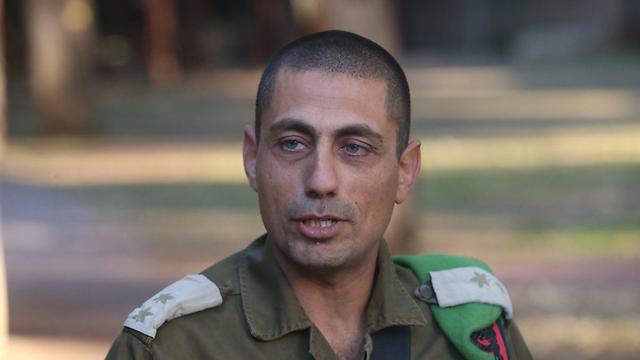
“You have to understand: When I send a force out to catch terrorists, it can be a male commander with five female fighters or a female commander with five male fighters in the vehicle. There are excellent soldiers and there are soldiers who are not as good. There are extraordinary women fighters, both physically and cognitively, and there are women fighters who are less extraordinary. Most of our sharpshooters, signalers and medics are women, because there are things that female fighters do better than male fighters, and vice versa. The moment you know how to combine it properly, you get something unusual, you get an excellent force.”
Despite the optimistic image reflected from the conversation with the battalion commanders, women fighters are still experiencing difficulties integrating into the army. Although they have been serving in a variety of corps for about two decades now—including the Air Force, the Navy, the Home Front Command, the Border Guard and the Artillery Corps—the army has yet to appoint a female battalion commander in the Artillery Corps or in the mixed-gender infantry battalions.
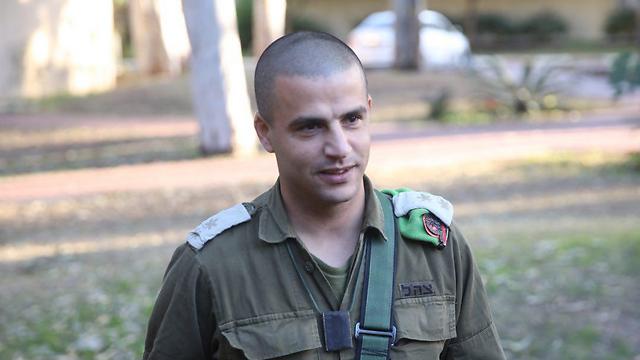
Many former women fighters have complained in recent years of orthopedic problems caused by the burden on their body during military service. In addition, the religious female fighters in the battalions had trouble being physically close to the male fighters, mainly in the posts. There were also motivation problems, at least at the beginning, in some of the new battalions. IDF officials are hoping that the joint training base for mixed-gender battalions and the creation of a shared identity will solve some of these problems.
“In the beginning, we had a high dropout rate,” admits Bardelas Battalion Commander Lt. Gen. Asaraf, “but today, the battalion provides a shield allowing the women fighters to act as they would like to. The dropout rate is now lower than the IDF standard. In addition, the new training will be at a new rifleman level in the IDF, 06, which will include 16 weeks of basic training with infantry exercised up to the platoon level, and three weeks of specific training for each battalion according to its region.”
‘Female officers can serve in any role’
Lt. Col. Penso talks about women officers who he believes can serve just like him, as commanders of battalions with hundreds of fighters. “I have no doubt that there are female officers who can serve in any position. The army has to make it its policy. Not just talk, but actually translate it into action, first of all regarding the company commanders. The army must look at this issue in a more mature and real way, without hesitating. It must implement the policy.”
According to Penso, there is still room for improvement in the attitude towards the female fighters’ physiological limitations. “In training, you must be more professional and strict regarding the effort scale. You can utilize a squadron of male fighters to the fullest. Some will be injured, but they will recover faster than female fighters because of the physiological differences.”
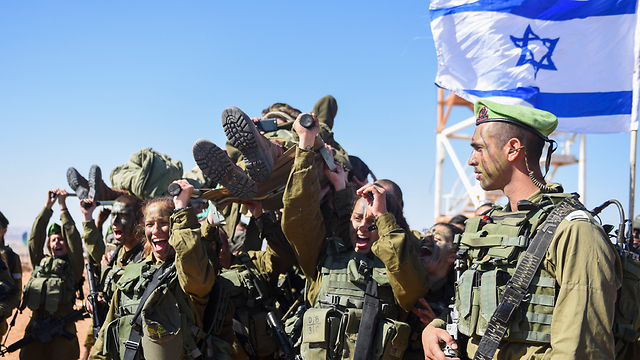
According to the Caracal Battalion commander, when there are obstacles on the ground related to soldiers’ personal issues, they usually solve them themselves. “They know how to find the solutions better than me. For example, in an ambush of six male and female fighters, the boys know that they have to look forward when the girl goes backwards. It’s not all perfect, but the important thing is to bring up and discuss every problem. It strengthens the friendship value. When I visited a squad commanders’ course, one of the women fighters told me that she wanted to run with the men. We let her do it, and she came in third.”
One of the problems which has prevented the promotion of a female company commander to battalion commander so far is the age range in these positions—28-32, when many women prefer to start a family. In order to implement equality in terms of promotion, Lt. Col. Penso says, “women commanders must also make some progress. It’s clear that in order to continue your military career as a combat officer, you make significant concessions in your family life. There are female battalion commanders in the army who have decided to take it all the way, and their husbands are the dominant parent at home.”
(Translated and edited by Sandy Livak-Furmanski)










